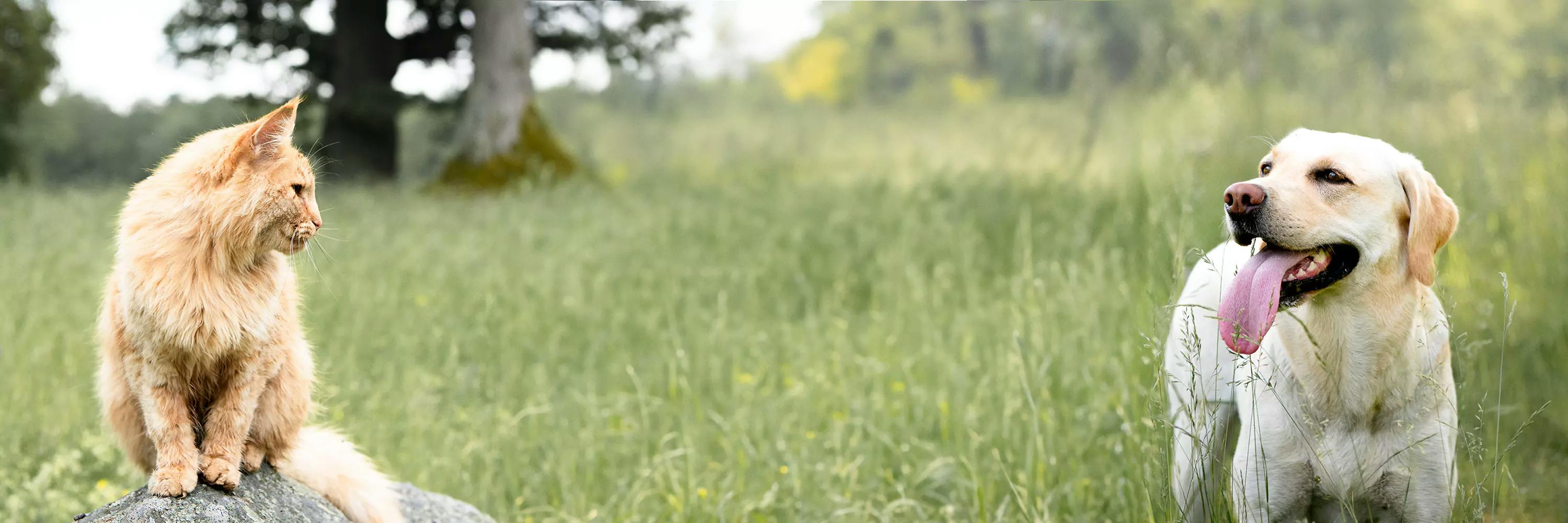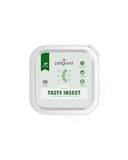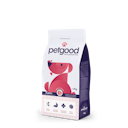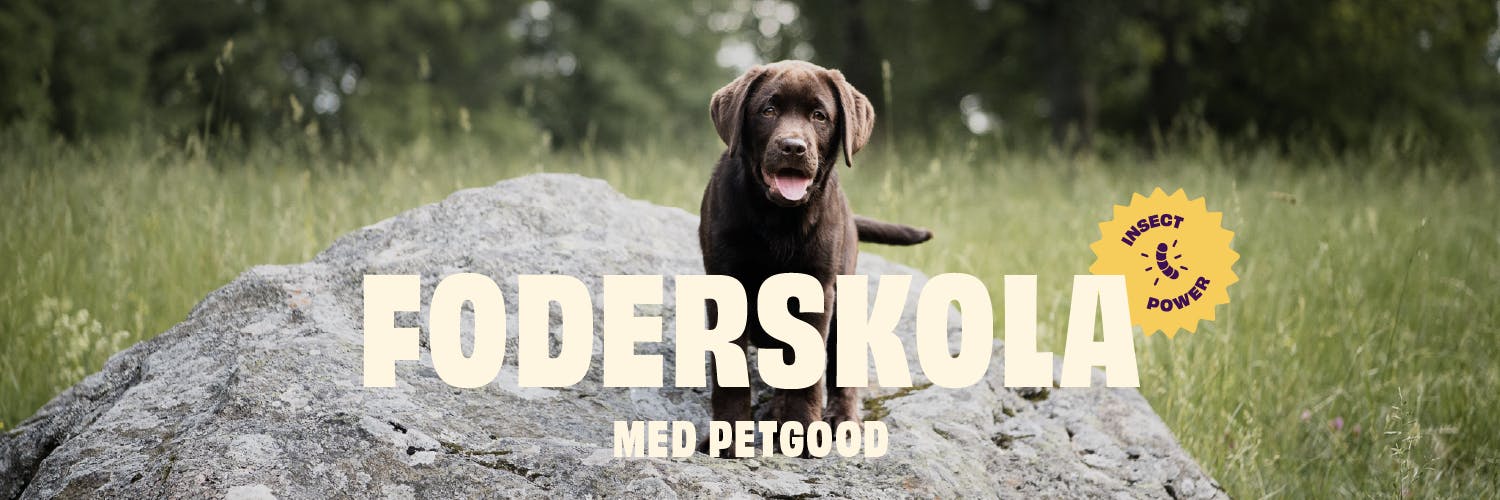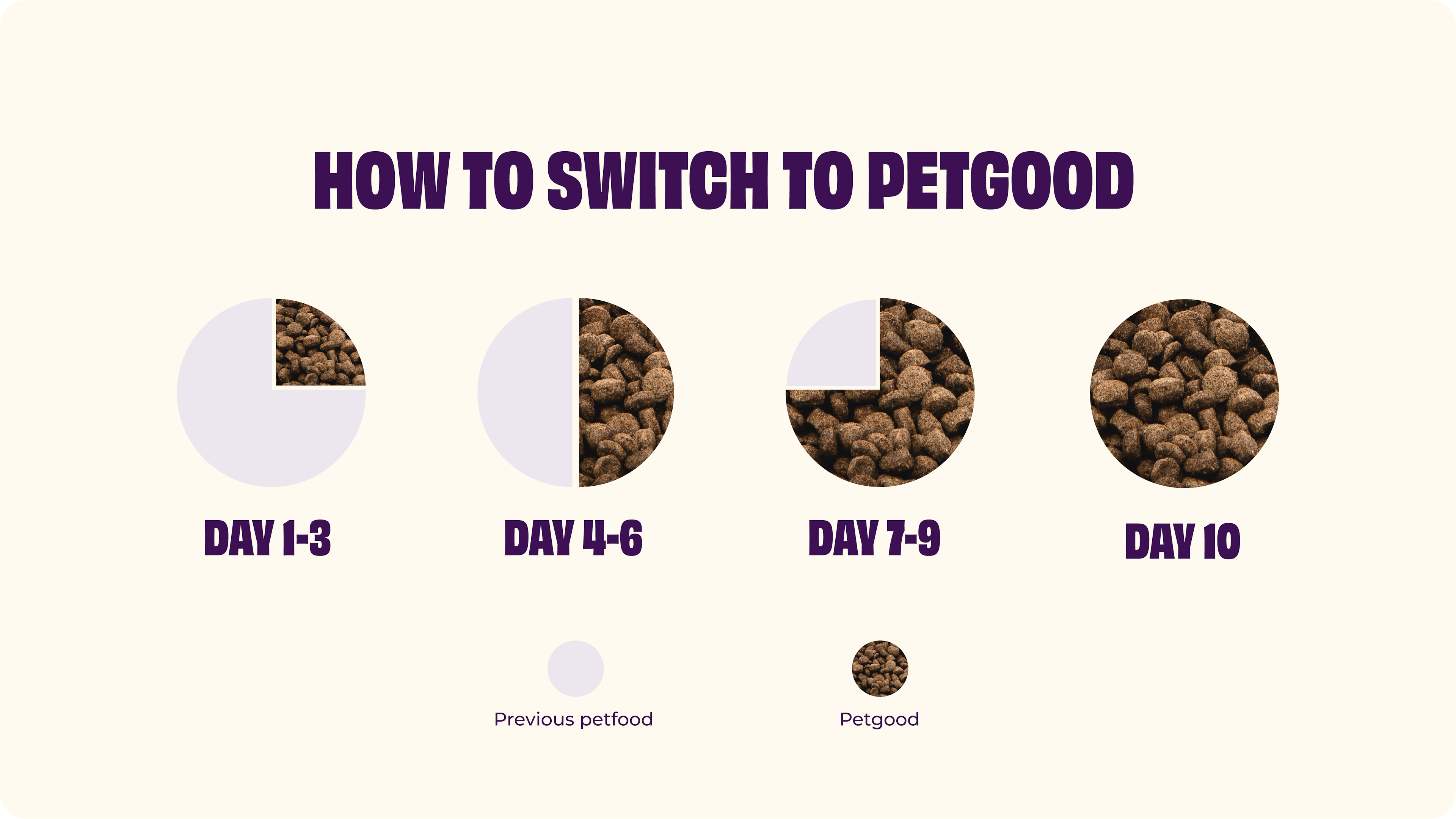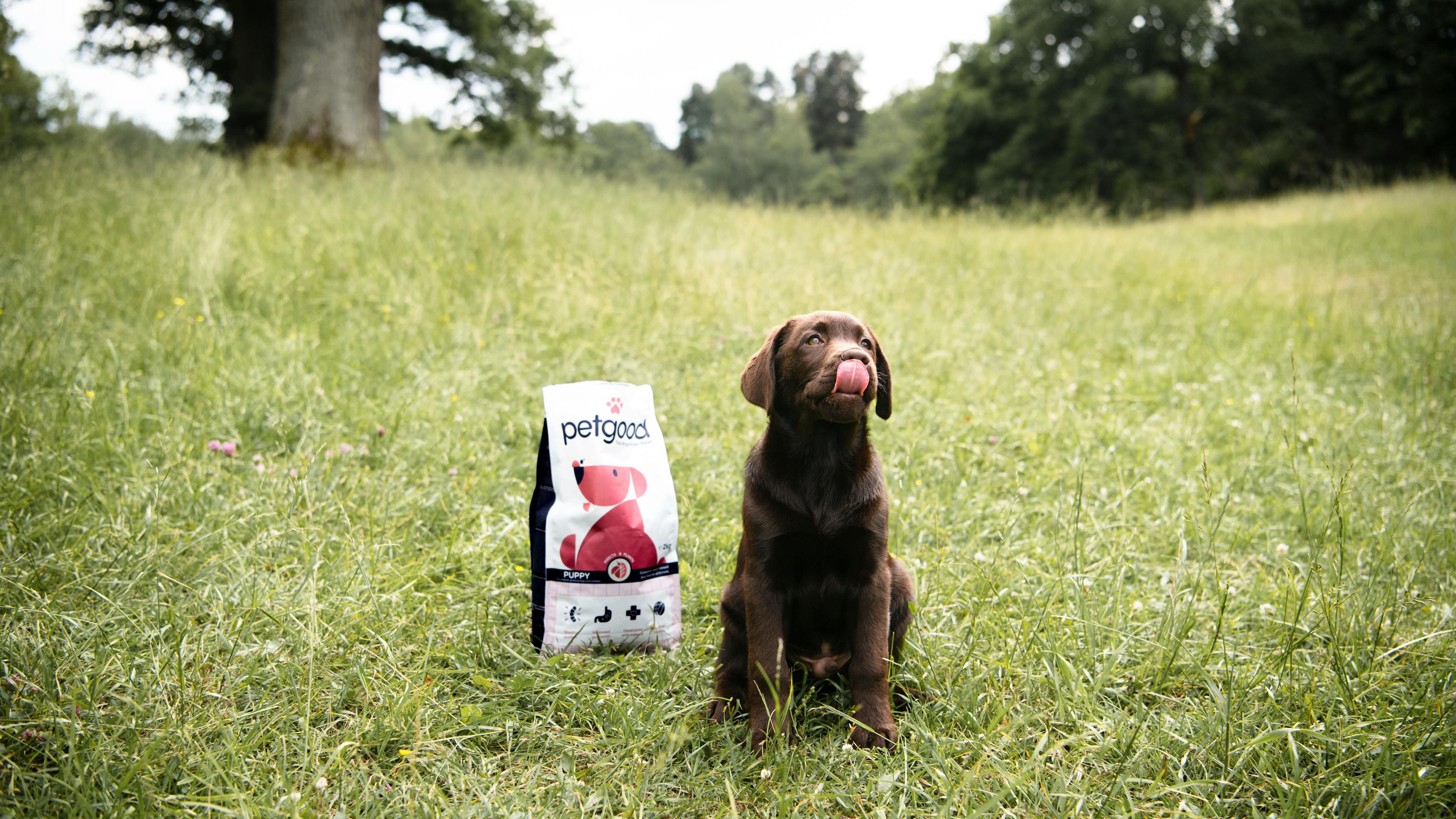Active location:
Select your country:
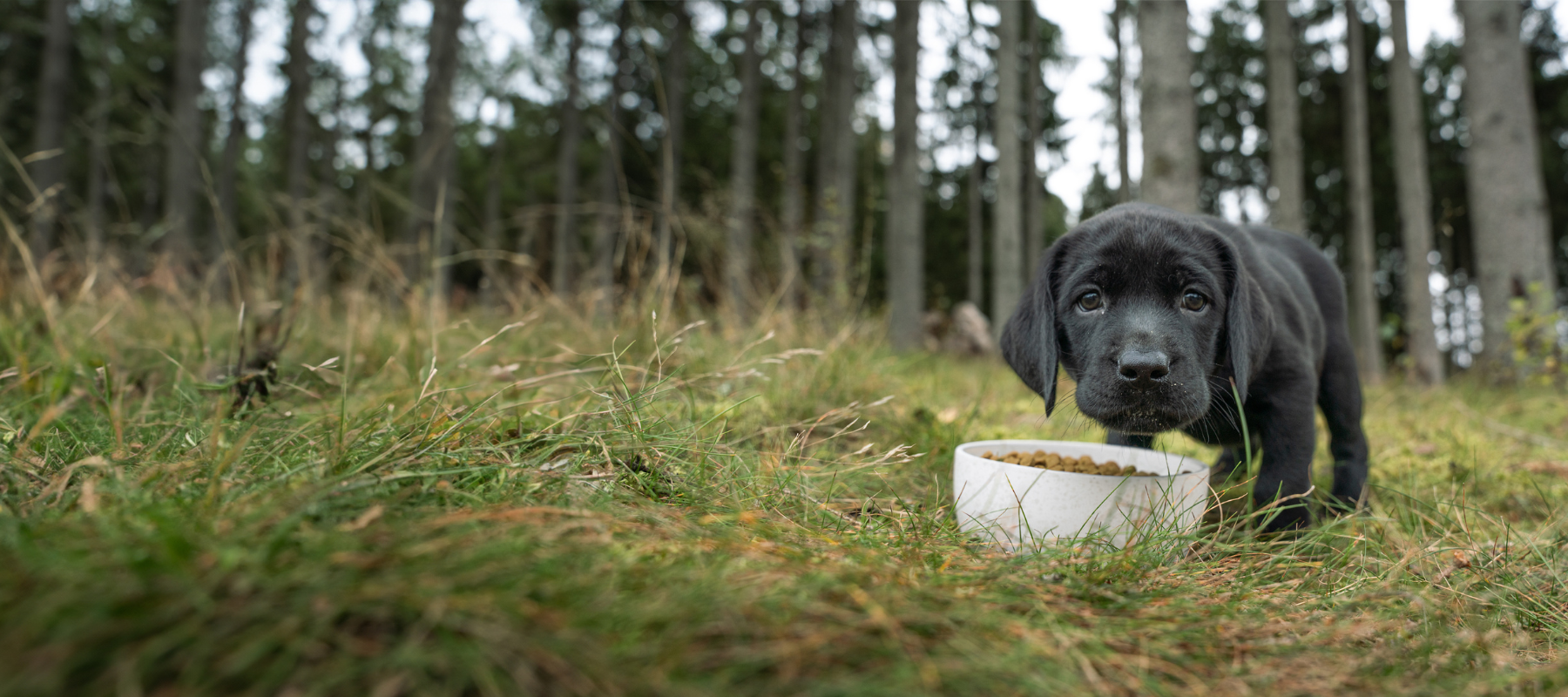
Dry food or wet food - what is best for your dog?
Dry food or wet food - the two most common types of dog food on the market. But what is the big difference between these, and which option is truly the best for your dog? We take a closer look at the advantages and disadvantages and the factors you should consider when choosing between types of food for your dog.
Dry Food
Dry food is the most common type of food on the market, available in many different variations based on various protein sources and tailored to the needs of different dogs. In dry food, all ingredients are mixed and blended, then pressed into pellets and dried. In addition to an (usually) animal protein source, various ingredients such as vegetables, legumes, oils, and grains can be used to provide a broad base of nutrients and make the food complete. All commercial dry foods are complete and balanced, meaning they are developed for the dog to receive all the nutrients they need in the right levels.
Advantages of dry food:
Dry food is a practical and secure way to ensure your pet gets all the necessary nutrition. It has a long shelf life, is easy to store, and maintains high quality over an extended period. There is a plethora of different variations on the market to meet the needs of many different individuals.
Disadvantages of dry food:
Dry food does not have as strong a taste or smell as wet food, and sometimes may not be as appealing to very picky individuals. If the bag is open for too long, the food can lose taste and quality, so it is essential to ensure that an opened bag is consumed within a few months.
Wet Food
In wet food, the ingredients are cooked through boiling and then packaged in cans or portion packs. It can come in various consistencies, such as pate, mousse, pieces in sauce, or stew, but all wet foods have a high water content, as the name suggests. The significant difference between wet food and fresh food, often confused, is that wet food is cooked, eliminating any potentially harmful bacteria.
Advantages of wet food:
Wet food has more smell and taste than dry food, making it more appetizing for picky eaters. Wet food also has a high water content, which can be advantageous as the animal gets fluids through the diet. It can be used as both a supplement and a topping to the pet's regular diet or as a complete food on its own if you choose a complete diet.
Disadvantages of wet food:
One drawback is that it usually has a short shelf life after opening and needs to be stored in the refrigerator, which can result in waste if not used within a specific time. Wet food generally has a higher price per kilogram, making it more expensive to feed only wet food, especially for large dogs.
Is it dangerous to mix dry food and wet food?
No, it is not dangerous. By feeding both dry and wet food, you can take advantage of the benefits of both types of food, providing variety in your pet's diet. In some situations, dry food may be more convenient for you as a pet owner, while on other occasions, bringing a can of wet food might be easy for a day out hiking.
What you should consider when feeding both types is that it may be more challenging to follow feeding tables and know how much food the dog should have per day. Therefore, it becomes more important to assess the dog's body condition and individual needs and adjust the feeding accordingly to avoid overfeeding.
How to choose the best dry food or wet food?
Regardless of whether you choose dry food, wet food, or a mix of both, there is one criterion you should not compromise on – providing a complete and balanced diet. Complete and balanced diets contain all the nutrients your pet needs in the right proportions. Diets are available for different life stages such as puppy or adult, but a puppy diet meets different criteria than an adult dog's diet. A complete diet means you do not need to supplement your pet's diet with any other foods or supplements unless your veterinarian recommends it due to specific health problems.
By choosing a high-quality complete diet, you can be sure that your pet receives a balanced and nutritious diet, avoiding deficiencies or excesses of any nutrients. If the food is a complete diet, it will always be stated on the packaging. Petgoods' foods are all complete and balanced diets tailored to the specific life stage.


